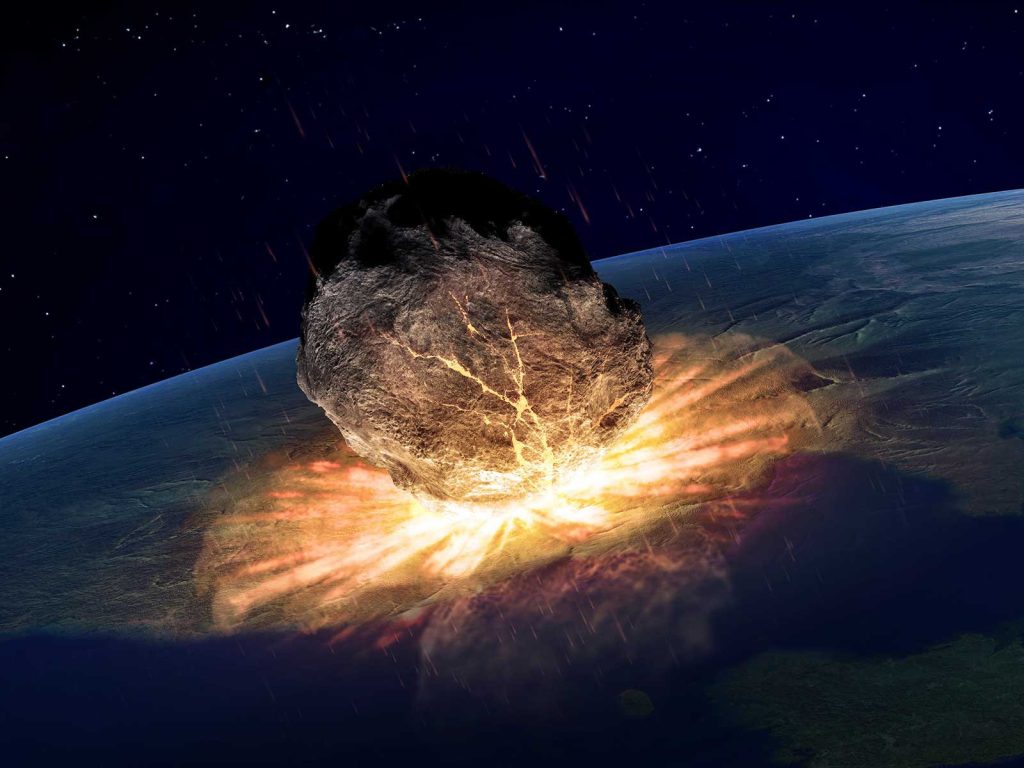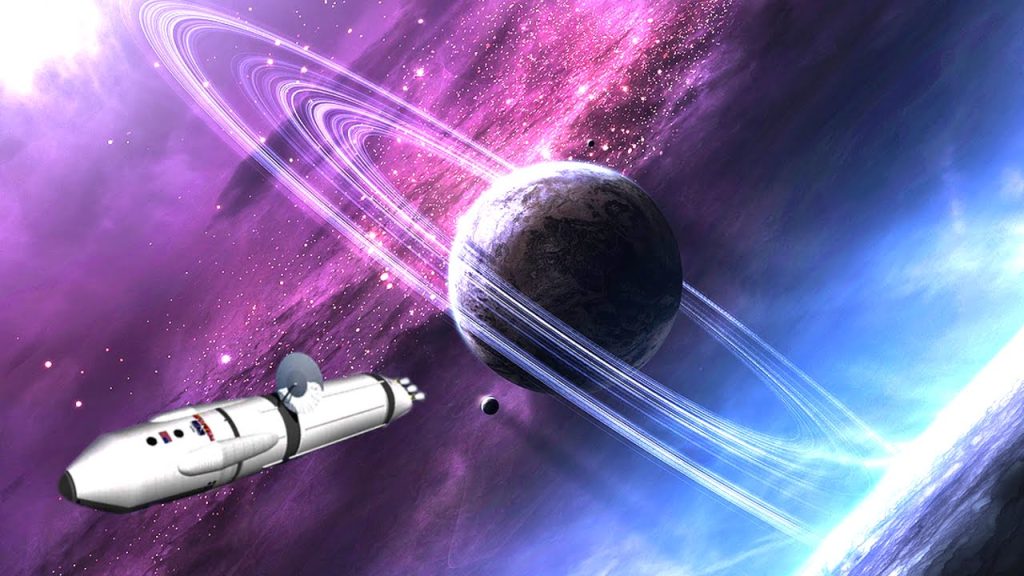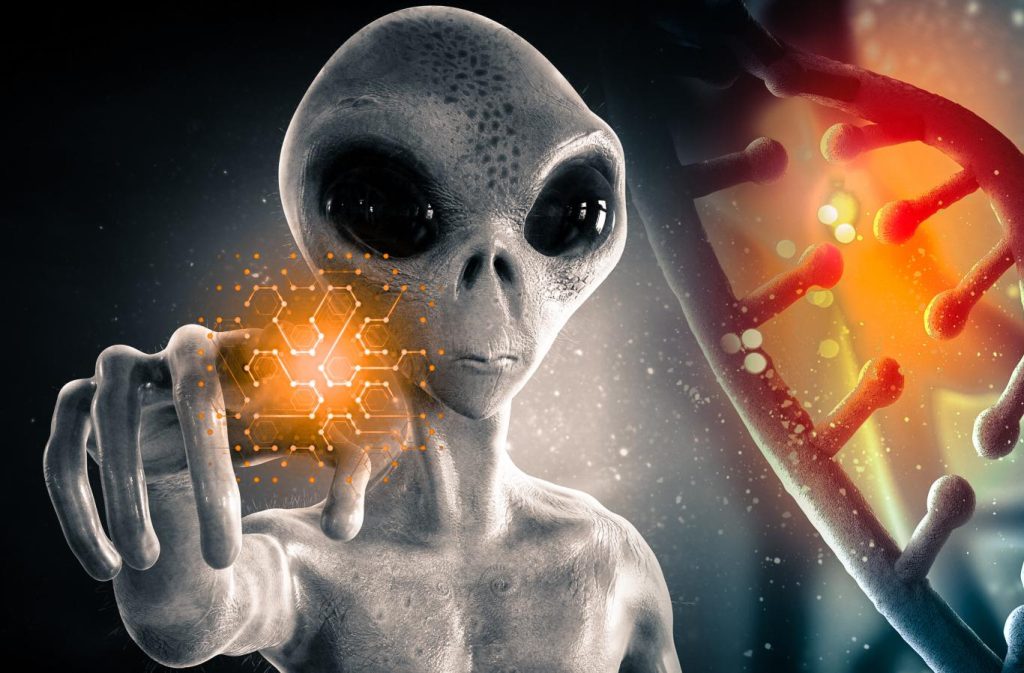The Truth Behind Space Monsters: Myths and Realities of Extraterrestrial Life Forms
Space has always been a topic of fascination for humans. The idea of extraterrestrial life forms has been explored in various forms of literature and popular culture.
However, it is important to differentiate between myths and reality when it comes to space monsters. We aim to shed light on the truths behind space monsters and the realities of extraterrestrial life forms.
What is Extraterrestrial Life?
Extraterrestrial life refers to a life that exists outside of Earth. The search for extraterrestrial life has been a topic of interest for scientists and researchers for many years. While definitive proof of the existence of life beyond Earth is absent, many indications suggest the possibility of microbial life in our solar system. For example, NASA’s Mars 2020 mission aims to search for evidence of past microbial life on Mars.
Myths about Space Monsters
The portrayal of space monsters in popular culture has led to several myths about extraterrestrial life. These myths include the idea of intelligent and aggressive alien species, alien invasions, and abductions. The media has played a significant role in shaping people’s perception of space monsters.
Realities of Extraterrestrial Life Forms
While the myths about space monsters are entertaining, the realities of extraterrestrial life forms are even more fascinating. Evidence of microbial life on Earth shows us what kind of life could exist beyond Earth. Moreover, the discovery of extremophiles in extreme environments on Earth suggests that life can survive in harsh conditions.
The Search for Extraterrestrial Life Forms
The search for extraterrestrial life forms involves various methods and techniques. The SETI (Search for Extraterrestrial Intelligence) program aims to detect intelligent signals from other planets. The discovery of exoplanets and biosignatures, such as the presence of water or oxygen, also provides evidence of habitable planets. The use of space probes and rovers in the search for microbial life on other planets and moons is another method of searching for extraterrestrial life.
The Impact of Discovering Extraterrestrial Life Forms
Discovering extraterrestrial life forms would significantly affect science, technology, and society. The scientific implications of such a discovery would include a better understanding of the origin of life and the possibility of life beyond Earth. The philosophical and cultural impact of discovering extraterrestrial life would be immense, and it could lead to new insights and perspectives on our place in the universe. Furthermore, discovering extraterrestrial life forms could also lead to significant technological advancements.
Conclusion
The idea of space monsters is entertaining, but it is important to differentiate between myths and reality regarding extraterrestrial life forms. The search for extraterrestrial life involves various methods and techniques, and the discovery of extraterrestrial life forms could have significant implications for science, technology, and society.
The exploration of space and the search for extraterrestrial life forms continue to be an area of interest for researchers and scientists. We are likely to make further discoveries in the future.







